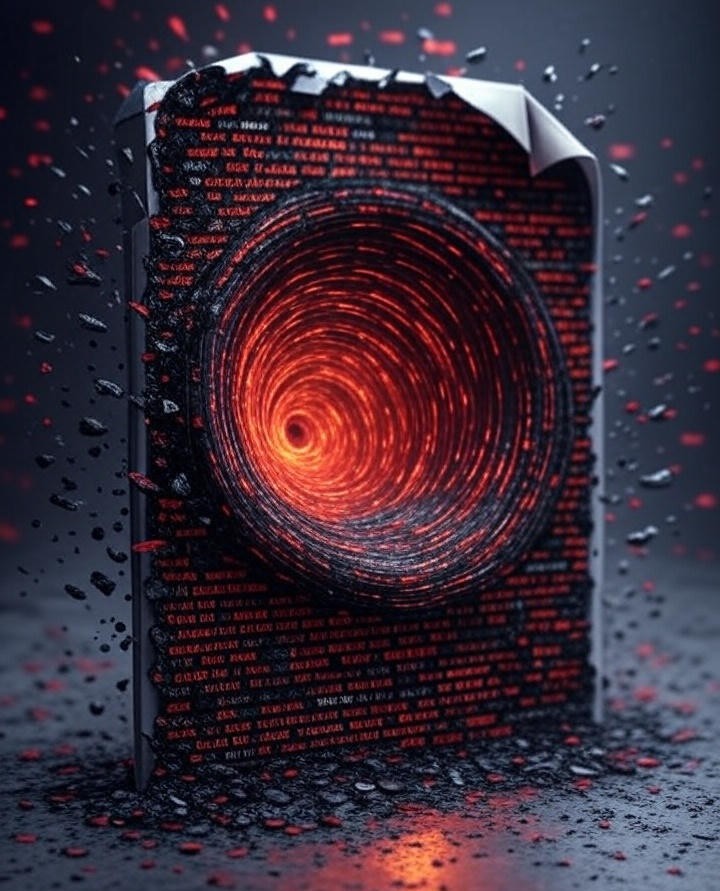The PDF Trap: How MatrixPDF Turns Trusted Files into Stealthy Phishing Weapons
Cybersecurity researchers at Varonis have uncovered a new phishing method using a toolkit called MatrixPDF, which turns seemingly harmless PDF attachments into powerful delivery tools for malware. The attack targets Gmail users by embedding JavaScript into PDF files, allowing them to bypass traditional email security filters.
Unlike obvious threats like .exe or .zip files, PDFs are widely trusted in both personal and business settings. MatrixPDF exploits this by blurring content within the PDF and adding fake prompts like “Open Secure Document.” When clicked, users are redirected to external sites that request permission to download malicious files.
Because the malware is only fetched after the user clicks—and outside Gmail’s antivirus sandbox—the attack avoids detection. Varonis researchers call this a split-method attack: email delivers the bait, the web delivers the payload.
Experts warn that accessing personal email on corporate devices further increases risk. “People see a PDF and assume it’s safe,” said Info-Tech’s Erik Avakian.
Security leaders recommend blocking risky file types, deploying robust endpoint detection, and providing ongoing security awareness training. Recognizing and rewarding employees who report suspicious emails can also strengthen defenses.
Even a PDF can now be the start of a breach—“Think Before You Click” has never been more important.
References:
That innocent PDF is now a Trojan Horse for Gmail attacks | CSO Online
Malware, phishing facilitated by novel MatrixPDF toolkit | SC Media
________
One more thing, at Pfortner, we take communications privacy very seriously. We encrypt email, messaging and network communications to provide our clientele with uncompromised privacy.
If you need to protect sensitive communications, please see www.pfortner.co.za or send an email to info@pfortner.co.za, and we will get back to you.

